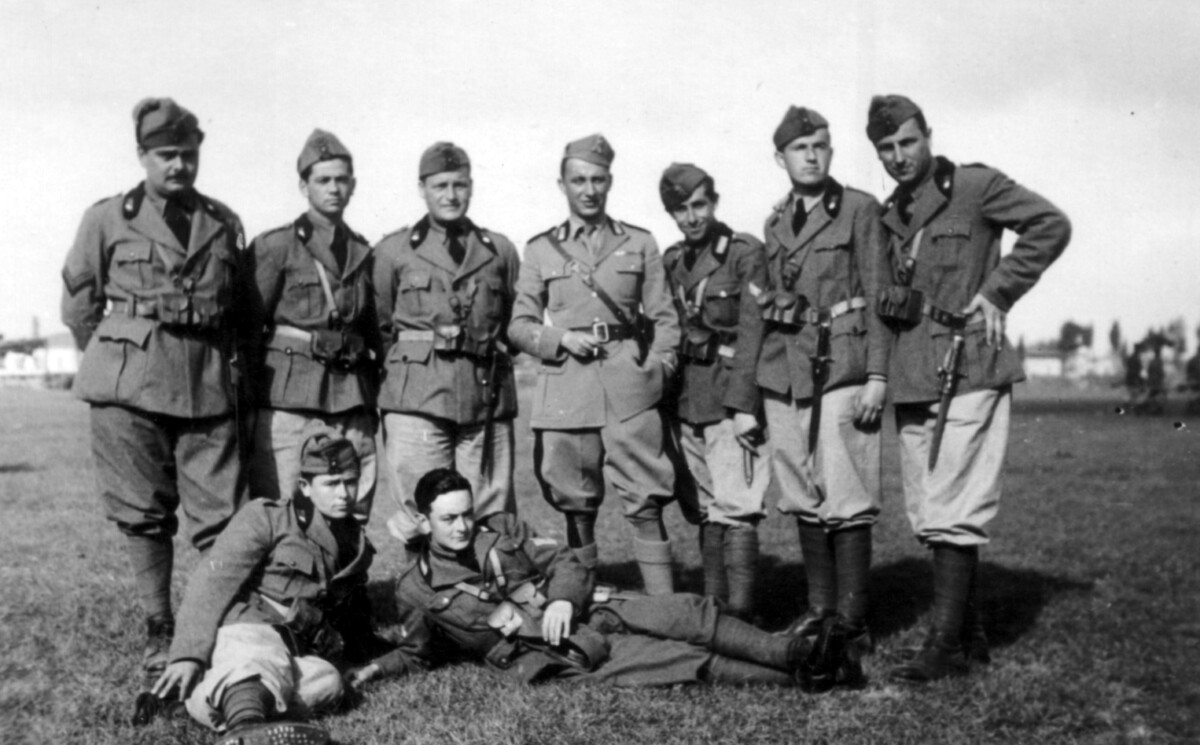The Brown v. Board Decision Creates a Legal Foundation
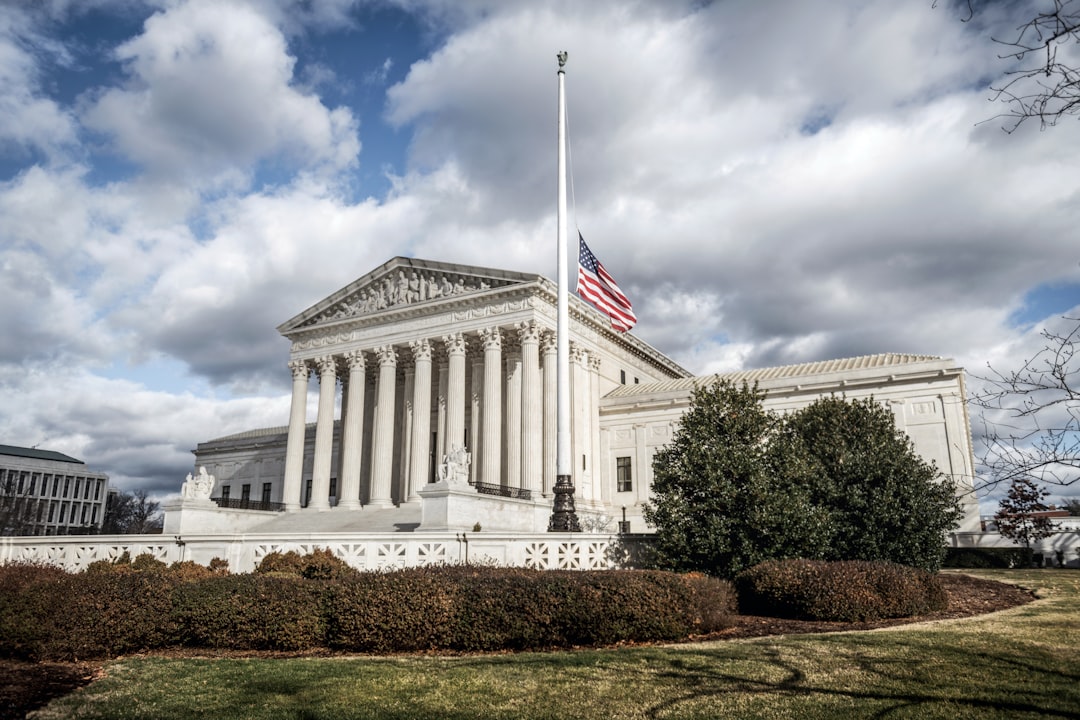
On May 17, 1954, the Supreme Court’s unanimous decision in Brown v. Board of Education declared the “separate but equal” doctrine unconstitutional. This landmark ruling provided a major catalyst for the civil rights movement, making possible advances in desegregating housing, public accommodations, and institutions of higher education. The decision gave hope to millions of Americans by permanently discrediting the legal rationale underpinning the racial caste system that had been endorsed or accepted by governments at all levels since the end of the nineteenth century.
The case was brilliantly executed by Thurgood Marshall, who became Legal Defense Fund’s first Director-Counsel and later a Supreme Court Justice. This historic decision marked the end of the “separate but equal” precedent set by the Supreme Court nearly 60 years earlier in Plessy v. Ferguson and served as a catalyst for the expanding civil rights movement during the decade of the 1950s.
Rosa Parks and the Montgomery Bus Boycott Transform Resistance
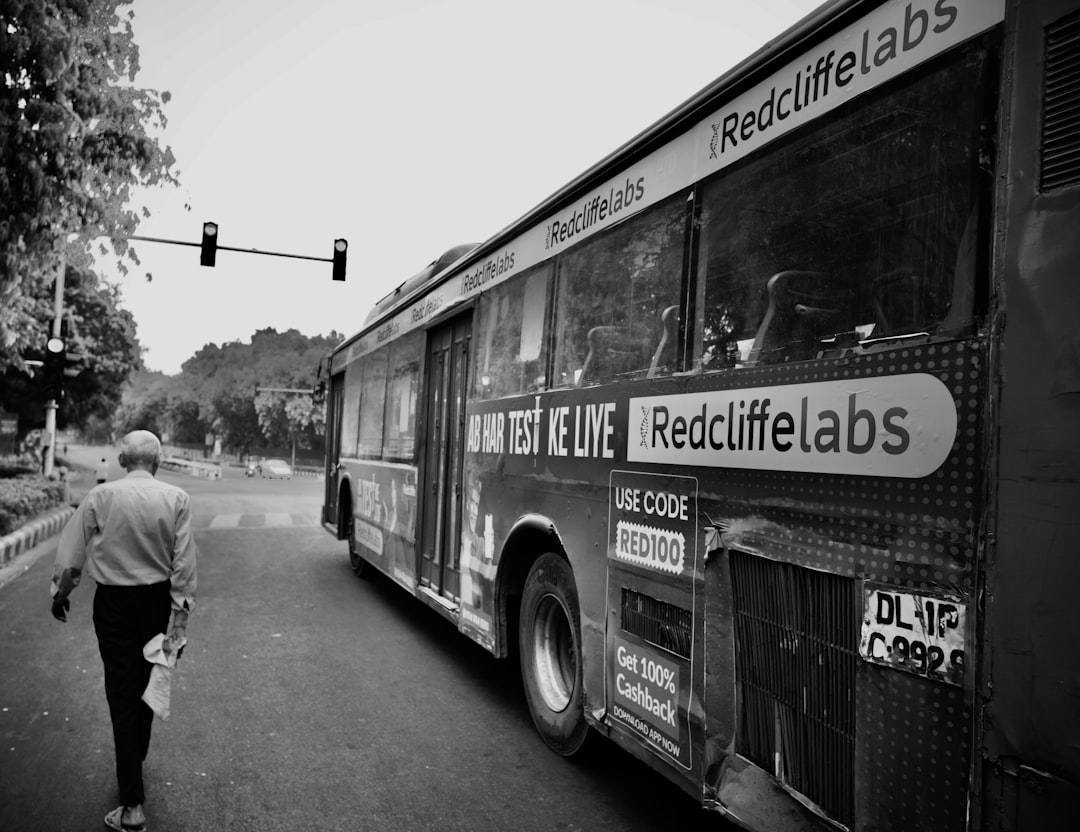
Sparked by the arrest of Rosa Parks on December 1, 1955, the Montgomery bus boycott was a 13-month mass protest that ended with the U.S. Supreme Court ruling that segregation on public buses is unconstitutional. On December 5, 90 percent of Montgomery’s black citizens stayed off the buses. African Americans made up 75% of the bus system’s riders, making their boycott economically devastating.
During the first meeting, the Montgomery Improvement Association (MIA) was formed, and King was elected president, with Parks noting that “The advantage of having Dr. King as president was that he was so new to Montgomery and to civil rights work that he hadn’t been there long enough to make any strong friends or enemies”. The Montgomery Bus Boycott was significant as it is widely regarded as the earliest mass protest on behalf of civil rights in the United States, setting the stage for additional large-scale actions outside the court system, while Martin Luther King Jr. emerged as a prominent national leader.
The Double V Campaign Plants Seeds of Change
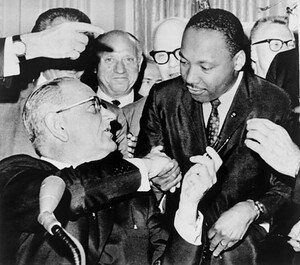
The Double V campaign, launched during World War II, proposed a dual victory: “the first V for victory over our enemies from without, the second V for victory over our enemies from within”. In 1942, the NAACP joined the “Double V” Campaign conducted by the Pittsburgh Courier, mobilizing black civilians to fight for “a double victory–full democracy abroad and at home”. African Americans from almost every background embraced the idea that with the sacrifices of over one million black men and women in various branches of the military during World War II and six million more working in defense plants, they would not allow Jim Crow to remain unchallenged.
The campaign is considered to be a turning point within African American history which led to unity among the Black population and marked a key development within Black protest movements that aided in laying the groundwork for the future Civil Rights Movement. The Double V campaign spotlighted the contradiction of fighting for freedom abroad while enduring racial oppression here in the U.S., fueling the growing civil rights movement and underscoring the push for social justice.
NAACP’s Strategic Legal Victories Build Momentum

Throughout the 1940s, the NAACP saw enormous growth in membership, recording roughly 600,000 members by 1946. The 1954 Brown v. Board of Education decision is arguably the NAACP’s most significant Supreme Court victory — an achievement that over time laid the legal foundation for profound changes in American race relations. The dual crises of the Great Depression and World War II prepared the political context for the NAACP’s eventual success, but before lawyers could challenge segregation, there had to be Black plaintiffs willing to defy segregation laws.
Filing these cases meant risking vilification, beatings, jail, eviction, loss of employment or destruction of business — and lynching. As the 1950s dawned, courageous Black men, women, and children began filing school desegregation cases in state courts that challenged both Plessy and Separate But Equal.
World War II Veterans Return with New Expectations
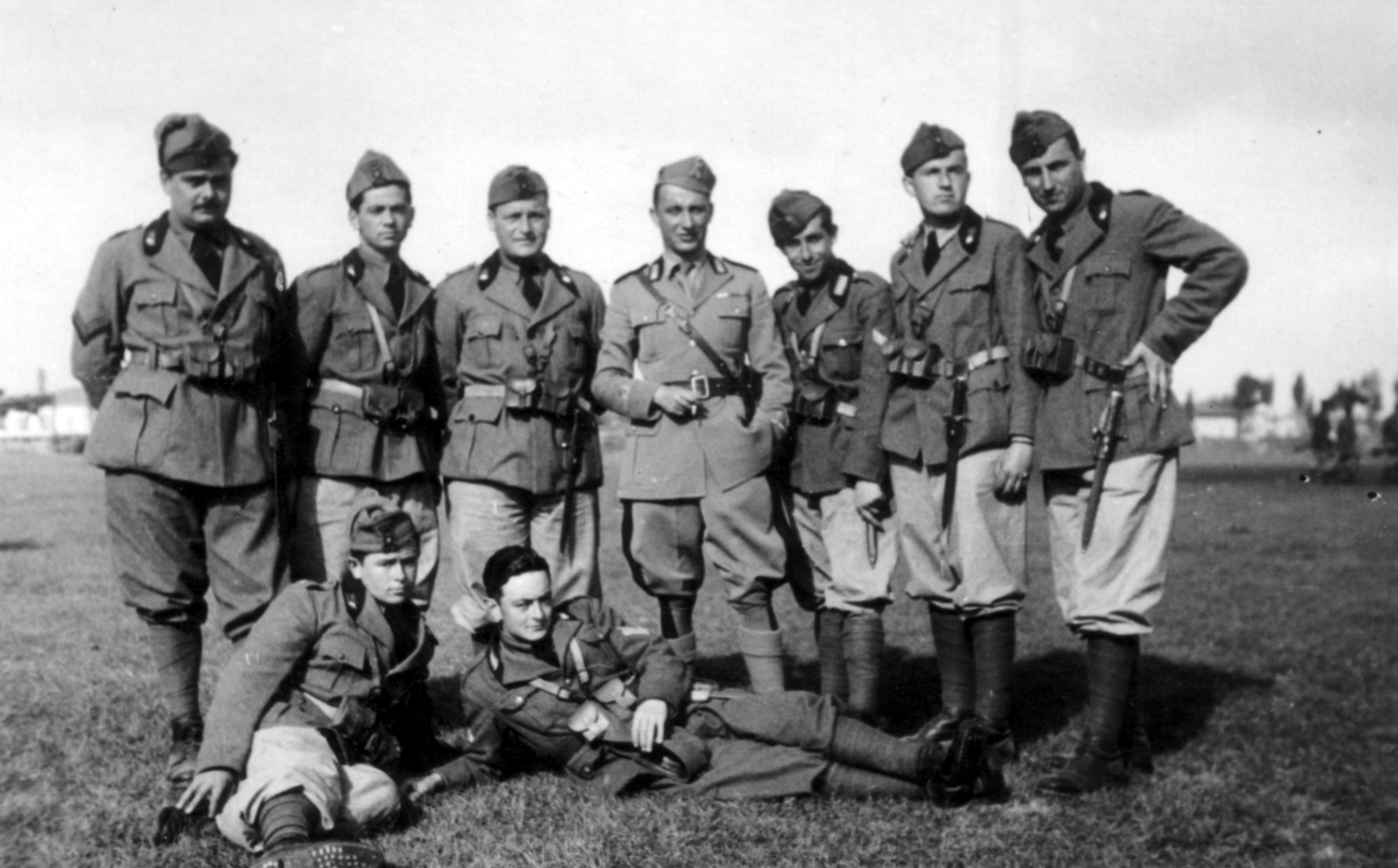
Prior to World War II, about 4,000 blacks served in the armed forces. By the war’s end, that number had grown to over 1.2 million, though the military remained segregated. Black Americans served their country with distinction: At first, they worked as support troops, but as casualties increased many became infantrymen, airmen, medics and even officers. All-black or mostly black units earned reputations as courageous, honorable soldiers.
Yet quite commonly black soldiers found themselves confronted with ugly discrimination and segregation during off-duty hours in military towns, especially in the South. In 1948, their efforts paid off when President Harry Truman issued an executive order to desegregate the military. According to historian McManus, “World War II led to an explosion of racial reform, issues that the Civil War failed to solve”.
Economic Changes Create New Opportunities
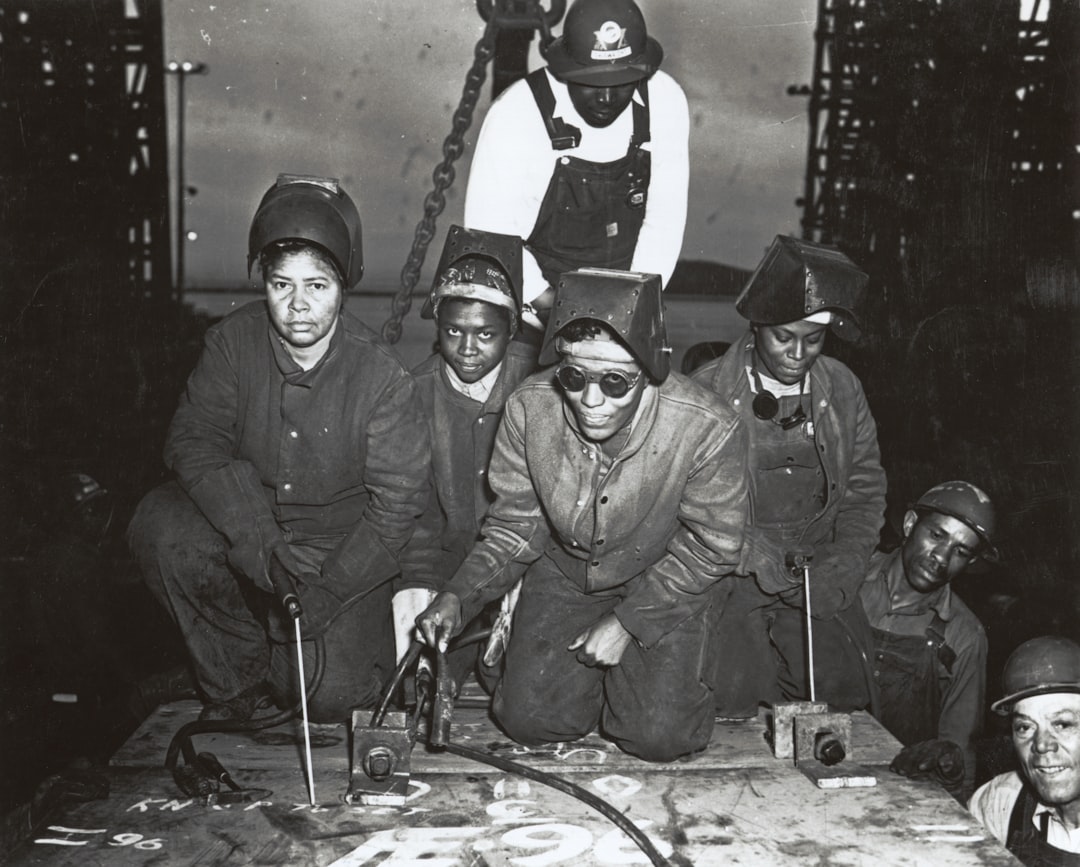
Roosevelt ultimately agreed to open thousands of jobs to black workers when labor leader A. Philip Randolph, in collaboration with the NAACP, threatened a national March on Washington movement in 1941. President Roosevelt also set up a Fair Employment Practices Committee (FEPC) to ensure compliance. The Double V Campaign increased the demand for President Roosevelt issuing Executive Order 8802 that banned employment discrimination in defense industries and civilian agencies of the federal government on grounds of race, creed or color.
These wartime employment opportunities demonstrated to African Americans that economic progress was possible when discriminatory barriers were removed. The experience of working in integrated defense plants and earning decent wages gave many Black Americans a taste of what true equality might offer.
The Role of Black Press and Media

The Double V campaign was championed by The Pittsburgh Courier, then the largest black newspaper in the United States. The Pittsburgh Courier newspaper, founded in 1907, had long used its voice to champion the rights of African Americans. When World War II began, the newspaper immediately made a connection between the United States’ treatment of African Americans and Nazi Germany’s treatment of Jewish people. President Franklin D. Roosevelt wrote the newspaper’s editor requesting that the paper tone down its rhetoric concerning racial discrimination.
The black press played a crucial role in shaping public opinion and maintaining momentum for civil rights. These publications provided a platform for coordinating resistance efforts and kept the community informed about successes and setbacks in the movement.
Grassroots Organizations Prepare for Action

Many of Montgomery’s African American residents were politically organized long before Parks was arrested. The Women’s Political Council (WPC) was founded in 1946, and it had been lobbying the city for improved conditions on the buses for a decade before the bus boycott began. By 1955, the WPC had members in every school, and in federal, state and local jobs, and according to Gibson, its President, “we knew that in a matter of hours, we could corral the whole city”. The WPC had met with the mayor of Montgomery in May of 1954.
She stated that with three-fourths of the riders being African American, the buses would not be able to function without their patronage. When conditions did not change, the WPC waited for the right event to serve as the catalyst for the boycott. These organizations had been building infrastructure and planning strategies for years before the major protests of the 1950s erupted.
President Truman’s Support Provides Federal Backing
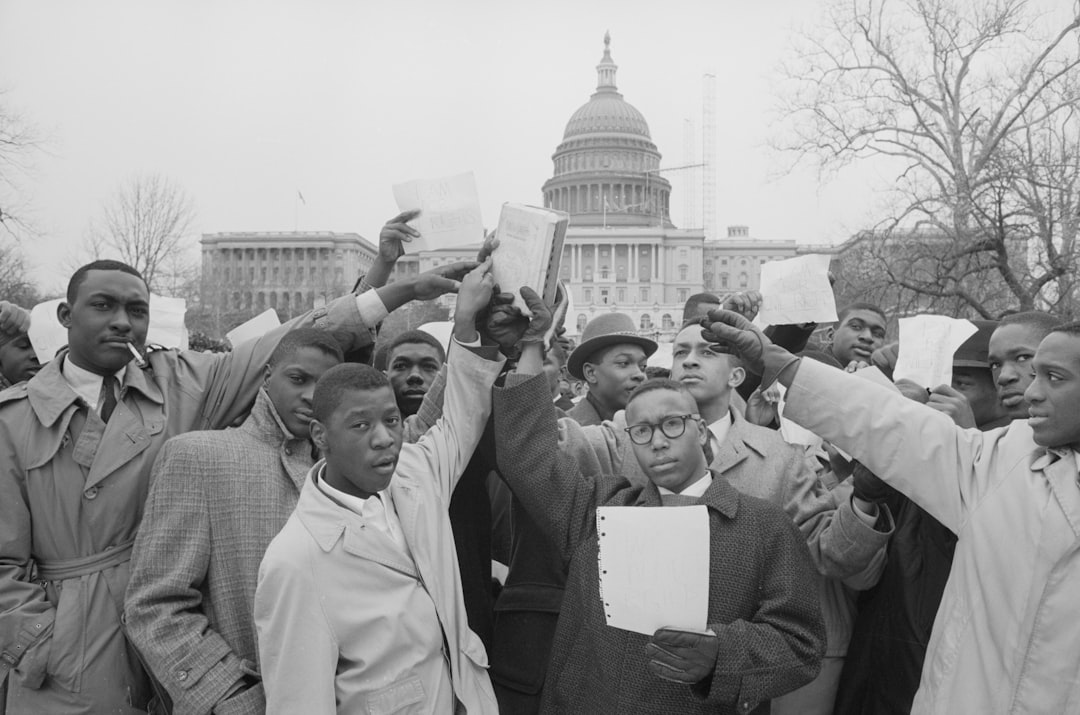
On June 29, 1947, President Harry Truman addressed the NAACP 38th Annual Convention audience of 10,000 from the steps of the Lincoln Memorial, the first president ever to do so. He declared in a speech broadcast nationally by radio that the federal government must take the lead in guaranteeing the civil rights of all Americans. On October 29 the President’s Committee on Civil Rights released its report, To Secure These Rights. Among the recommendations were an anti-lynching law, the abolition of the poll tax, a permanent Fair Employment Practices Committee, the desegregation of the military, and laws to enforce fair housing, education, health care, and employment.
This federal support represented a significant shift from previous administrations and gave civil rights activists hope that change was possible at the highest levels of government.
The Little Rock Nine Challenge Massive Resistance
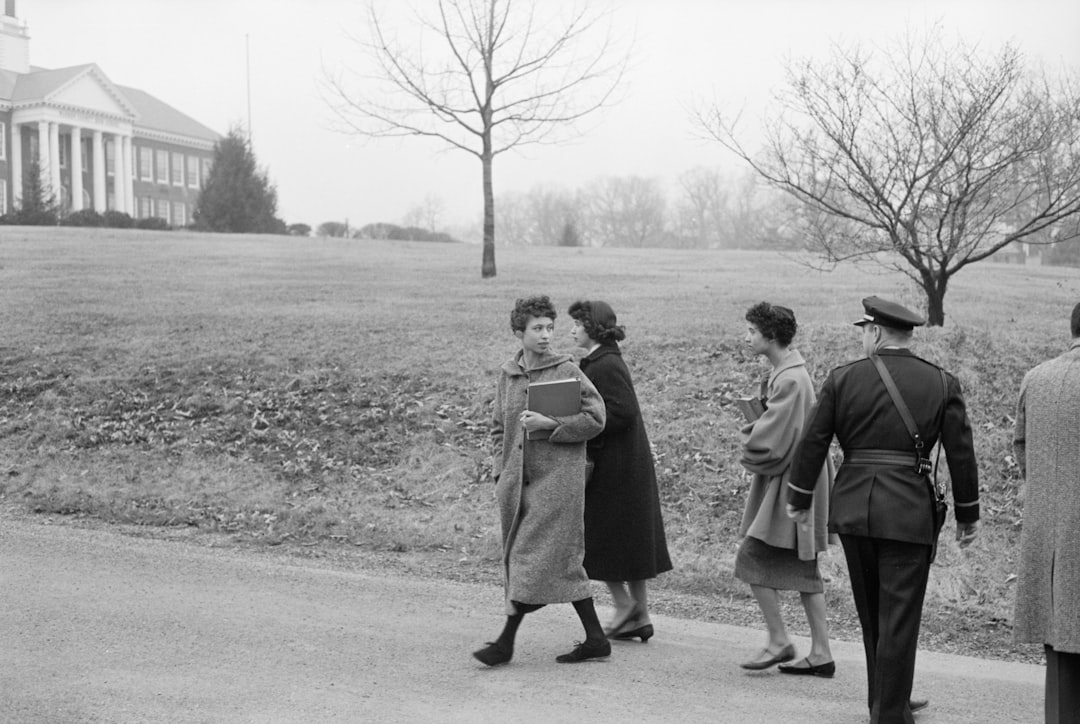
In 1957, Central High School in Little Rock, Arkansas, asked for volunteers from all-Black high schools to attend the formerly segregated school. On September 4, 1957, nine Black students, known as the Little Rock Nine, arrived at Central High School to begin classes but were instead met by the Arkansas National Guard and a screaming, threatening mob. The Little Rock Nine tried again a couple of weeks later and made it inside, but had to be removed for their safety when violence ensued. Finally, President Dwight D. Eisenhower intervened and ordered federal troops to escort the Little Rock Nine to and from classes.
This confrontation demonstrated both the fierce resistance to desegregation and the federal government’s willingness to enforce constitutional rights, even against state governments. The images of federal troops protecting Black students became powerful symbols of the movement’s determination.
The Interconnected Nature of 1950s Civil Rights Momentum
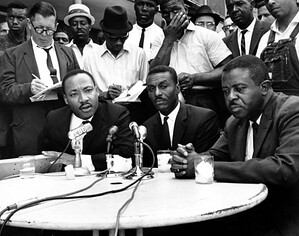
The promise of equality declared in Brown v. Board of Education for Montgomery African Americans helped motivate them to continue the boycott. The precedent established by Brown gave boycotters hope that a legal challenge would successfully end segregation on city buses. Therefore, the influence of Brown on the Montgomery Bus Boycott and the Civil Rights Movement is undeniable. Though the Supreme Court’s decision in Brown v. Board didn’t achieve school desegregation on its own, the ruling fueled the nascent civil rights movement. In 1955, Rosa Parks refused to give up her seat on a Montgomery bus. Her arrest sparked the Montgomery bus boycott and would lead to other boycotts, sit-ins and demonstrations.
The momentum of the 1950s civil rights movement came from multiple interconnected sources: legal victories that provided hope and legitimacy, grassroots organizing that had been building for years, media coverage that spread awareness, federal support that signaled government backing, and the courage of ordinary people willing to take extraordinary risks for justice. These elements combined to create an unstoppable force that would transform American society. What started as isolated legal challenges and local protests evolved into a coordinated national movement that would define the next decade of American history.

